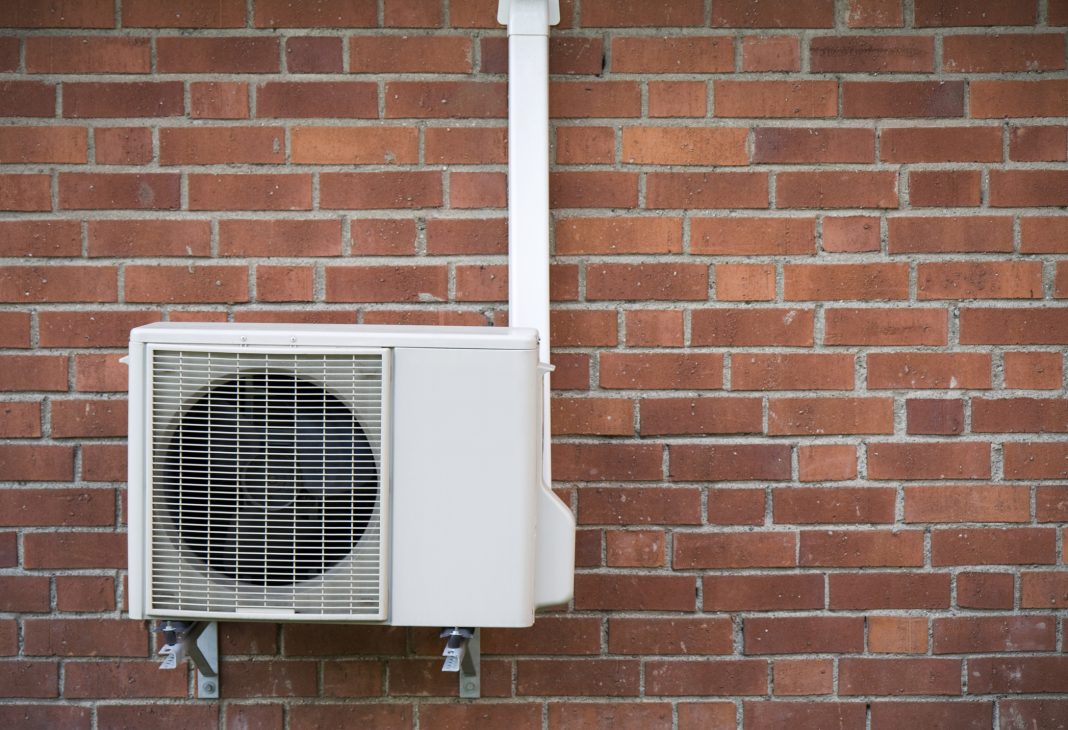The Electrification of Heat Demonstration Project is working to understand the technical and practical feasibility of a mass adoption of heat pumps – but we also need to turbocharge any rollout with targeted training, says Marc Brown of the Energy Systems Catapult
Heat pumps have been highlighted to play a pivotal role in the UK government’s strategy to decarbonise home heating and an important contributing factor in meeting the UK’s net zero ambitions. The government is targeting 600,000 heat pump installations per year by 2028; this is a significant jump from the 42,779 heat pumps installed in 2022.
Despite their strategic importance and high adoption rates in other European countries with similar housing stock, scepticism has remained high that heat pumps are not suitable for UK homes or for mass deployment and rollout.
Heat pumps are the most effective method of decarbonising home heating
All UK archetypes of homes can accommodate a heat pump, but it is crucial to consider the design and specification of the full heating system and its ability to meet customer comfort levels in the depths of winter.
Providing we can identify and highlight the skills gap, build the training and experience required to ensure that the heat pump rollout can be achieved, and high-performing heating systems are designed and specified, then this will go a long way in giving confidence to the whole heating supply chain that heat pumps are the most effective method of decarbonising home heating today.
Heat pumps are a viable solution
Funded by the Department for Energy Security & Net Zero (DESNZ) and managed by Energy Systems Catapult, the Electrification of Heat Demonstration Project is working to understand the technical and practical feasibility, and constraints, of a mass rollout of heat pumps into British homes.
A total of 742 heat pumps were installed by the delivery contractors – Warmworks, E.ON and OVO Energy – into a broad spectrum of housing types and ages. These heat pumps are being monitored throughout the trial to assess their performance.
The interim findings of the Electrification of Heat Demonstration Project highlight just how far the industry has come in innovating to improve the performance and efficiency of heat pumps.
With the release of the interim monitoring data, we can finally put to bed the notion that heat pumps do not work in cold weather conditions and that they are inefficient to run. We’ve observed the exact opposite. They are three times more efficient than gas boilers and work in cold weather conditions. Innovation in low carbon heating solutions has made heat pumps a viable option for many households.
Closing the gender gap
Proving the viability of low carbon heating solutions is only one part of the battle. Without enough trained installers, we cannot possibly hope to meet the government’s ambitious 2028 target. The heating sector is experiencing a shortage of labour, which is likely to worsen as it consists of an ageing workforce, with relatively few new entrants. The latest Gas Safe Register data shows that the median of engineers in the sector is 55.
The findings from our latest report, Increasing diversity in the heating sector to address the skills shortage and meet net zero, demonstrate that real change can and needs to happen to address the industry skills shortage and meet the decarbonisation challenge.
With today’s workforce focused on installing and maintaining gas boilers, it is largely unequipped to advise on and install low carbon heating products such as heat pumps. There are currently 120,000 gas boiler installers but to meet net zero targets, the number of heat pump installers will likely need to rise from 2,000-3,000 today to around 50,000-100,000.
We can and should do all we can to close this skills gap. Women and ethnic minorities represent an untapped talent pool that could help address both the labour and skills shortage.
With only 2% of plumbers and heating/ventilation engineers being women, and only 5% of heating and cooling installers having an ethnic minority background, we have an opportunity to attract and recruit individuals from poorly represented demographics.
Tangible steps, not tokenistic interventions
To tap into this skills reserve, we must take tangible steps to provide flexibility, funding and training to those who want and need it. Training must move beyond being a “one-size-fits-all” approach. Each step within the career path could likely be improved to encourage a more diverse workforce to enter and, importantly, stay within the industry.
The barriers in the heating industry for women and those from ethnic minority backgrounds are numerous but not insurmountable. Instead of focusing on tokenistic interventions, real change can and needs to happen.
We’re calling for employers, industry bodies, training providers, and political bodies to:
- Increase availability and awareness of fair job opportunities.
- Tailor training to individual’s needs, prior experiences and ambitions.
- Tackle discrimination to achieve a healthy and inclusive environment.
The Catapult has proven beyond a doubt that heat pumps are a viable technology for use in most housing archetypes. Now we need to translate those findings into tangible action. This begins with investments in training, including recruiting marginalised demographics, upskilling existing engineers, and hiring apprentices.
To find out more, click here.
Marc Brown

Business leader – Homes
Energy Systems Catapult
Tel: +44 (0)121 203 3700

















